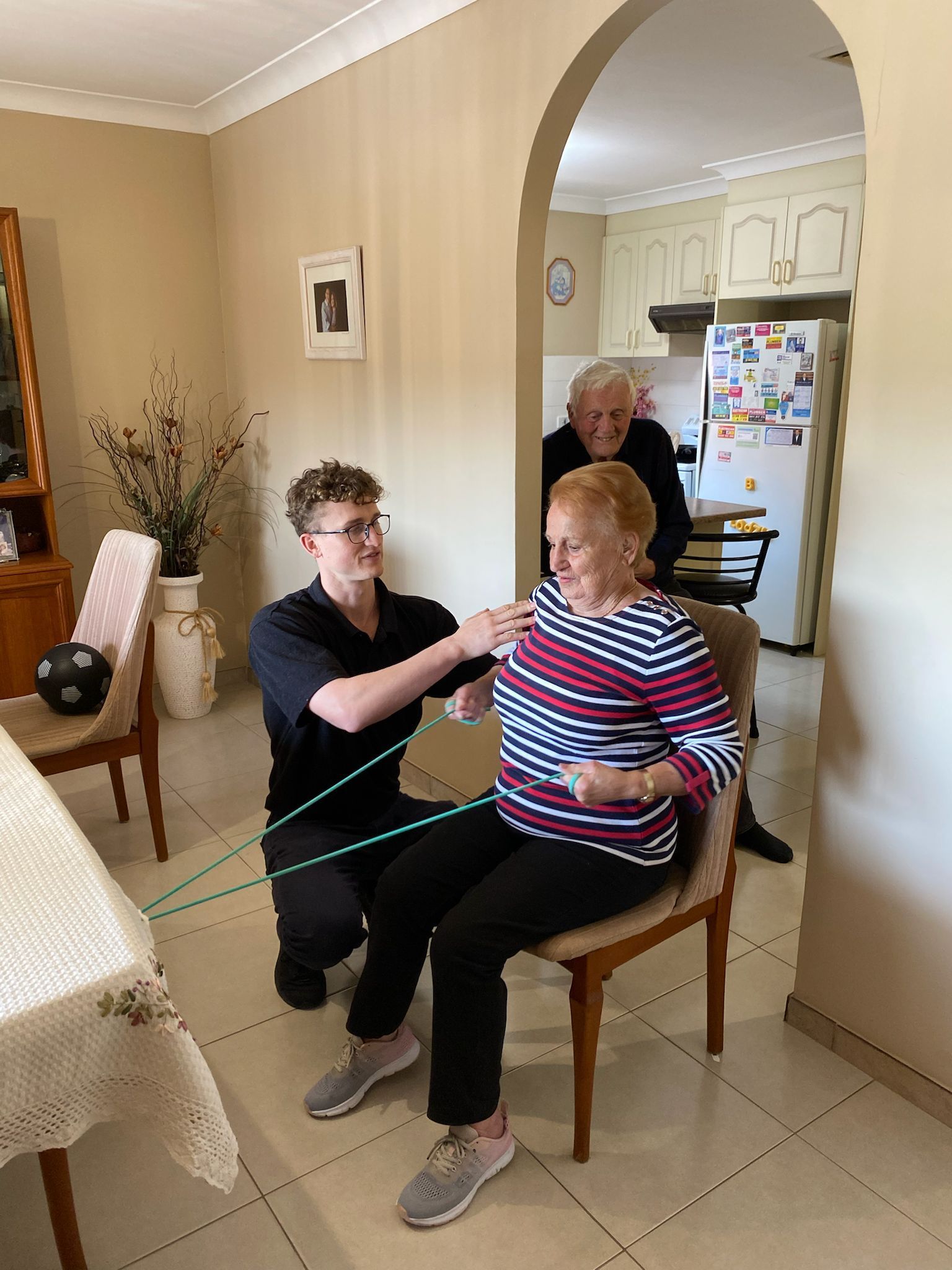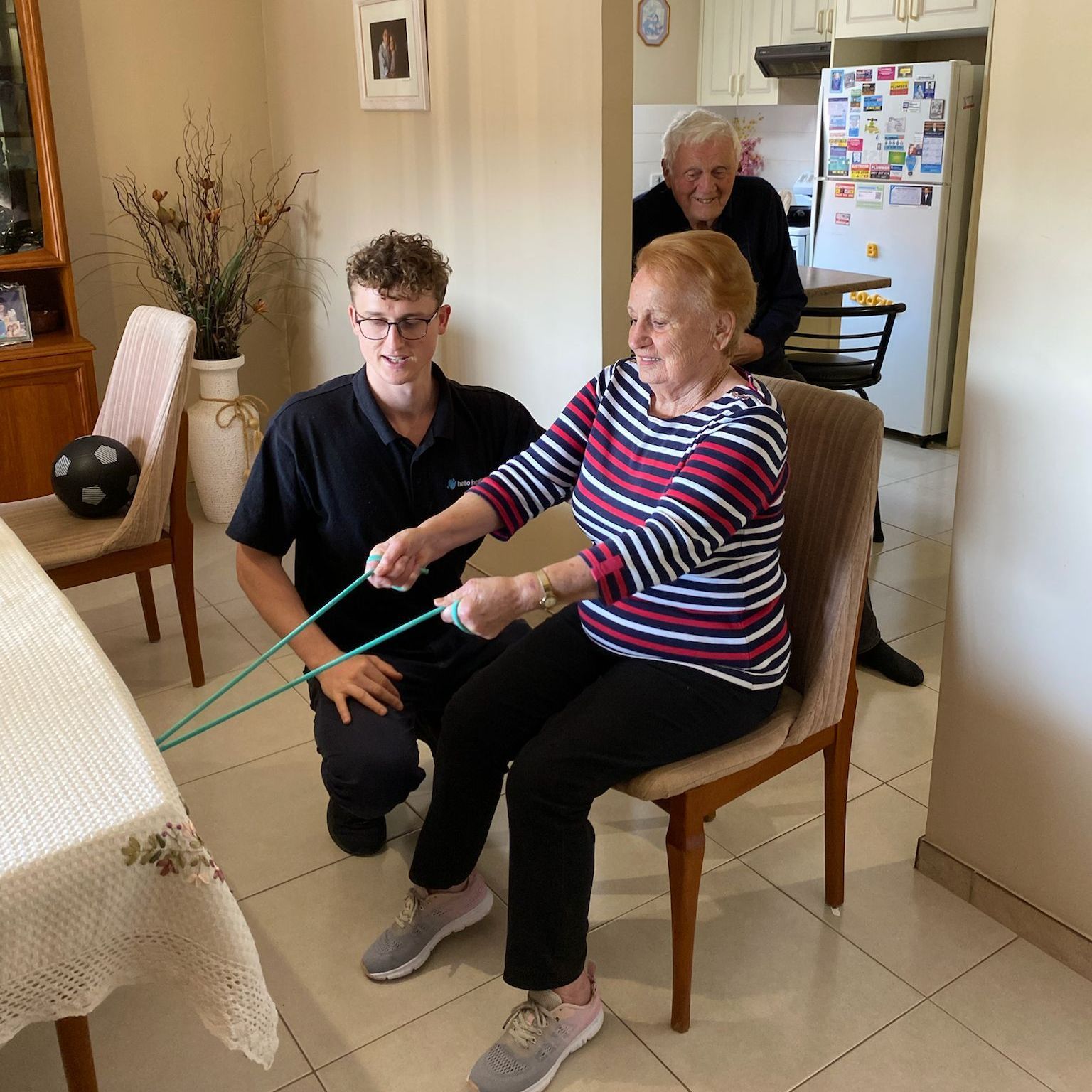Physiotherapy:
Pre & Post-Operative Care
Getting ready for surgery can feel overwhelming.
Pre and post-operative physiotherapy helps make this process easier for you.
It focuses on your strength, flexibility, and support every step of the way.
With the right exercises, recovery can be quicker and less stressful.
This support of simple steps and exercise plans helps you feel confident and comfortable at home.
Pre-Operative Care: Get Ready for Surgery
Pre-operative physiotherapy, or "prehab," helps your body get ready for surgery.
Strengthening muscles and improving flexibility before surgery makes recovery smoother.
The goal is to get stronger so that healing is faster and easier.
A big part of prehab is doing stretches that target the surgery area. For example, gentle leg stretches help prepare for knee surgery, while shoulder stretches help if you need upper body surgery.
These stretches keep muscles loose and help you stay mobile, reducing stiffness later.
Flexibility exercises are also so important in getting you ready. Movements like gentle arm raises or hamstring stretches improve your range of motion.
This makes it easier for your body to move during recovery. These exercises are simple, and you can do them at home. Practising these before surgery helps your body adapt and prepare for healing.
Post-Operative Care: Moving After Surgery
After your surgery, getting moving soon is important. Post-operative physiotherapy helps you recover safely. It focuses on gentle exercises to reduce stiffness and improve circulation.
Moving early helps prevent problems like blood clots and supports healing.
Guided movement usually starts the day after surgery. Activities like ankle pumps and knee bends help reduce swelling and keep your joints flexible.
These exercises are gentle but effective in helping your body heal. Starting small makes a big difference.
The focus of post-operative care is on your steady progress.
For example, if you've had hip surgery, you might start with seated leg lifts.
Later, you can work on standing exercises to improve balance. Your physiotherapist will guide each movement to make sure you feel comfortable.
These exercises help rebuild your strength, restore your movement, and boost your confidence.
Regular Support For The Easiest Recovery
Doing exercises regularly helps your body heal properly.
Your physiotherapist will create a plan that fits into your daily routine, making it easier to stay on track.
For example, if you're recovering from shoulder surgery, you might start with gentle stretches each morning.
Later in the day, you could do strength exercises like lifting light weights.
These exercises are simple to fit into your day, helping you stay consistent and make steady progress.

How Early Movement Helps
Moving early after surgery has many benefits.
It reduces stiffness, improves blood flow, and helps you heal.
Gentle exercises also help with pain.
They get your body moving and support natural healing. Your physiotherapy sessions make these movements easy, giving you confidence as you recover.

Post-Operative Care:
Start Early for the Best Results
Your recovery begins right after surgery.
Hospitals often encourage walking the same day for joint surgeries like knees or hips.
Moving early prevents stiffness and swelling from your surgery.
A person recovering from knee surgery might do gentle heel slides or leg lifts to start building strength.
Staying Consistent Matters
Consistency is so important in getting stronger after surgery.
While surgery fixes the joint, the muscles need to be strengthened to support it.
Someone recovering from ACL surgery might follow a year-long program with exercises like balance drills and single-leg squats. Regular practice keeps the joint stable and functional.
Understand Your Post-Surgery Limits
Every surgery has its own set of rules to follow during recovery.
For example, after a hip replacement, you might not be able to bend past 90 degrees or cross your legs to prevent dislocation.
After shoulder surgery, you might avoid internal rotation for up to 12 weeks.
Knowing these limits helps protect your healing process and prevents unnecessary setbacks.

Progress Gradually for Lasting Success
Rehabilitation takes time and needs to move step by step.
Using the overload principle, exercises get harder as you get stronger.
For example, after a hip replacement, you might start with seated exercises like knee extensions and gradually work up to standing movements like step-ups. This steady progress builds your strength safely.
Simple Steps for a Better Recovery
Recovery is easier with the right approach.
Pre and post-operative physiotherapy breaks recovery into small, easy steps.
You will work on flexibility, strength, and movement, all at your own pace. Each session is designed around your goals, helping you get back to daily life sooner and with more ease.
Gaining Confidence Through Education and Support
Taking control of your recovery is important.
Learning about your surgery, what to avoid, and why exercises matter keeps you motivated.
Knowing that quadriceps exercises support your knee joint can inspire you to stay on track.
Encouragement from family and caregivers also helps you stick to your program.
Reaching Your Independence Goals
The goal of post-operative care is to help you get back to doing what you love.
Whether that means gardening, playing with your grandchildren, or walking without pain, gradual strength-building and mobility exercises pave the way.
Personalised programs guide you toward recovery, ensuring you feel supported every step of the way.

